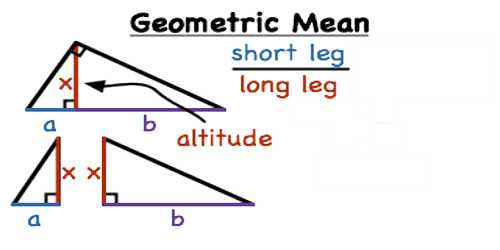An electro-optic modulator (EOM) is an optical device that uses a signal-controlled element with an electro-optic effect to modulate a light beam. It is a device that modulates a light beam by modifying its phase, frequency, or amplitude. The modulation can be applied to the beam’s phase, frequency, amplitude, or polarization. This modulation can be accomplished by providing an electric field to a material, which alters the refractive index of the material and hence modifies the properties of the transmitted light. With the use of laser-controlled modulators, modulation bandwidths in the gigahertz region are achievable.
The electro-optic effect explains two phenomena: the change in absorption and the change in refractive index of a material caused by the application of a direct current (DC) or an electric field with a frequency significantly lower than that of the optical carrier. Forces distort the position, orientation, or structure of the molecules that make up the substance. In general, a nonlinear optical material, such as ferroelectrics like lithium niobate (LiNbO3) or barium titanate (BaTiO3), polymers, or organic electro-optic materials, will have its refractive index modulated by an incident static or low frequency optical field.
There are different types of electro-optic modulators, including:
- Pockels cell: It is a sort of EOM that makes use of the Pockels effect, which describes how birefringence in a crystal changes in response to an applied electric field. This phenomenon can be used to regulate the light that passes through the crystal.
- Mach-Zehnder modulator: A waveguide divides the input light into two channels in this modulator. An electric field can be used to adjust the interference pattern and hence modulate the output intensity by changing the relative phase difference between these routes.
- Phase modulator: This sort of modulator modifies the phase of the light traveling through it directly, typically by harnessing the electro-optic effect in crystals.
- Amplitude modulator: By altering the amplitude of the electric field provided to the modulating material, this modulator changes the intensity of the light passing through it.
Application
Telecommunications, optical fiber networks, laser technology, and instrumentation all make use of electro-optic modulators. These modulators are critical in current communication and information technologies, allowing vast volumes of data to be transmitted swiftly and efficiently over long distances.
They can be used in optical communication systems for signal processing, frequency conversion, amplitude modulation, and phase modulation. EOMs are particularly significant because of their capacity to convert electrical signals to optical signals and vice versa, allowing for efficient data transmission via optical fibers.
















